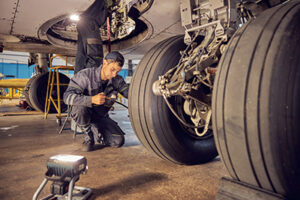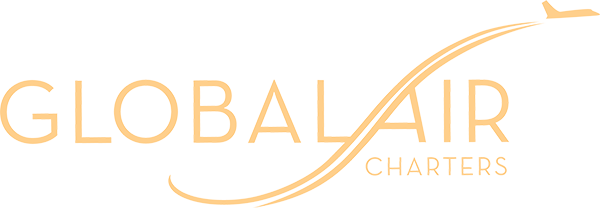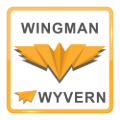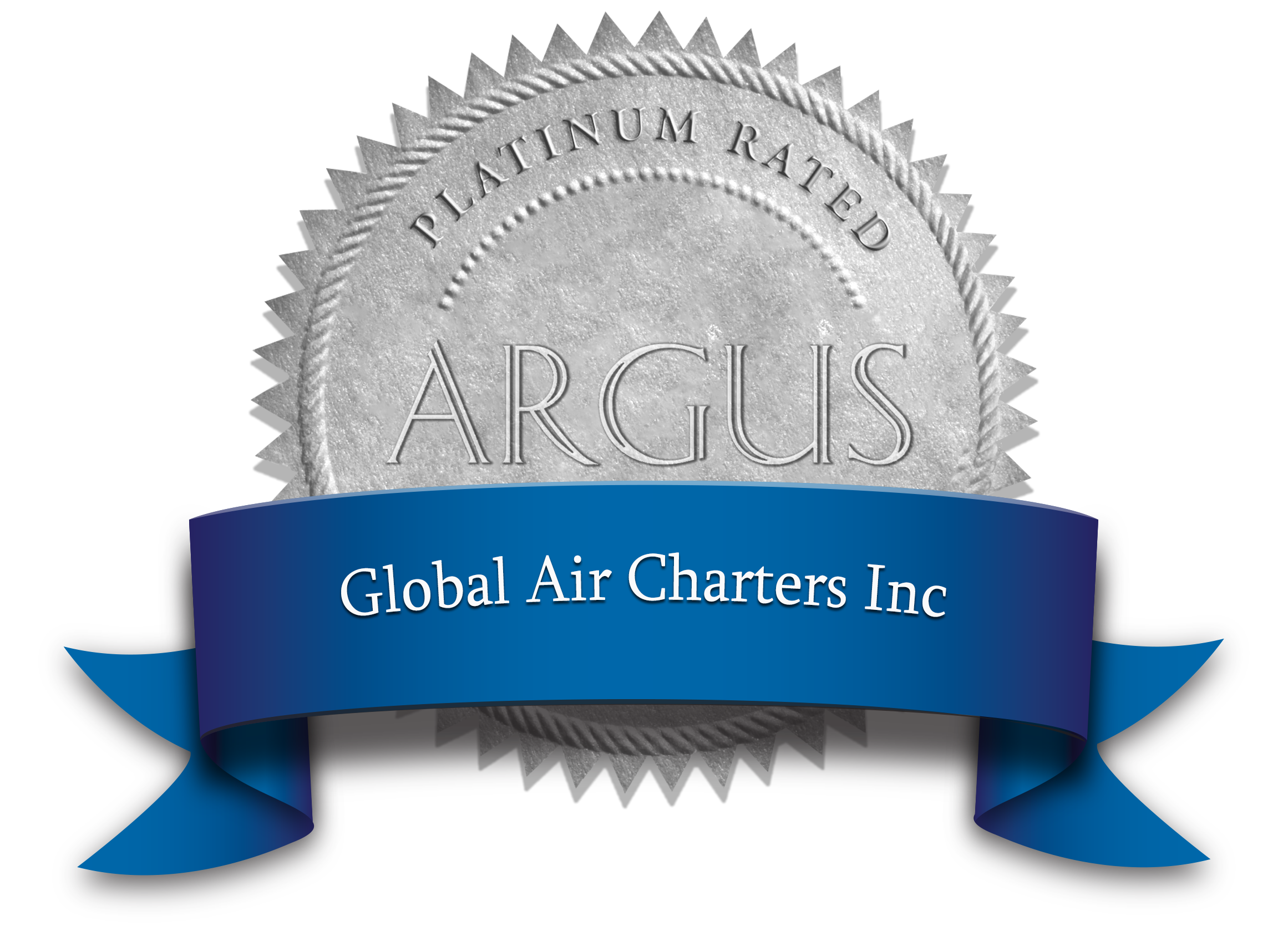Maintenance programs can make a million-dollar difference when you buy a jet
Many different variables can affect an airframe’s value. There are obvious factors like the jet’s age, total flight hours, and the number of cycles flown. Buyers also consider software upgrades and interior refurbishments.
But did you know the kind of maintenance program the airframe is enrolled in can be the difference of millions of dollars in the final sales price?
Global Air Charters are experts in airframe acquisition. Our experienced buyers can help prospective jet owners navigate all the pitfalls in the purchase process. Contact us today to learn more about how to maximize value in your next jet purchase.
Get With the Program
 There are two basic ways that jets receive periodic maintenance — “hard time” preventative maintenance or an on-condition program. Let’s take engines as an example of a component that typifies the differences between the two.
There are two basic ways that jets receive periodic maintenance — “hard time” preventative maintenance or an on-condition program. Let’s take engines as an example of a component that typifies the differences between the two.
In a hard time maintenance scheme, components are serviced at intervals that are pre-determined by the manufacturer. Mid-life maintenance on an engine might happen at 4,000 and 8,000 flight hours, or perhaps 5,000 and 10,000 hours. During these checks, the engine is taken off the wing, taken apart, checked, serviced, and reassembled.
The other plan is an on-condition program, which is essentially an extended warranty or insurance hedge. The components are routinely inspected and tested, and the item is maintained when it’s showing signs of wear.
For a Gulfstream V, which carries Rolls-Royce BR710 engines, the on-condition program is called RR CorporateCare. Program owners pay a premium into an insurance pool. If problems arise with the engine, the cost is covered by the program.
This is why a maintenance program on critical components is a huge value-add during the acquisition process. Consider that the cost of a mid-life engine overhaul is about $4 million per engine. The average cost of a GV on the market right now is around $9.6 million — and that two engine overhauls would run around $8 million.
This means if you purchase an aircraft that is not on an engine program, and it’s within 1,000 hours of needing overhauls, you might be paying close to double the market value for the airframe within the first year of ownership.
Other Programs to Look For
 When we value an aircraft to buy or sell, we look at how many cycles are left on the engines before servicing. If the aircraft is on a program, the cost of servicing doesn’t matter, as long as we can transfer the program to the new owner.
When we value an aircraft to buy or sell, we look at how many cycles are left on the engines before servicing. If the aircraft is on a program, the cost of servicing doesn’t matter, as long as we can transfer the program to the new owner.
Engines are just one component covered by maintenance programs. There are also mechanical protection plans, APU (auxiliary power unit) plans, and avionics programs, which can be tricky to receive the full value of your premium.
Because avionics have progressed so rapidly in recent years, many avionics insurance pools will slowly drop older or more outdated systems from the list of covered components. This is where your maintenance manager needs to be proactive. They should find and replace avionics components when necessary. But they should also be current on which systems are covered in the pool. They can work to lower your program cost based on the systems the pool is no longer covering.
Avionics require routine upgrades from a regulatory point of view. Computer systems and software upgrades can cost hundreds of thousands of dollars, so it’s a serious cost to overlook. Be sure to review the airframe’s software upgrade history and what programs it carries.
Aircraft Valuation and the Maintenance Cycle
A detailed understanding of the airframe’s maintenance history and programs is essential to getting good value in a jet purchase. Contact our airframe buying experts for more tips on maximizing your airframe investment.




